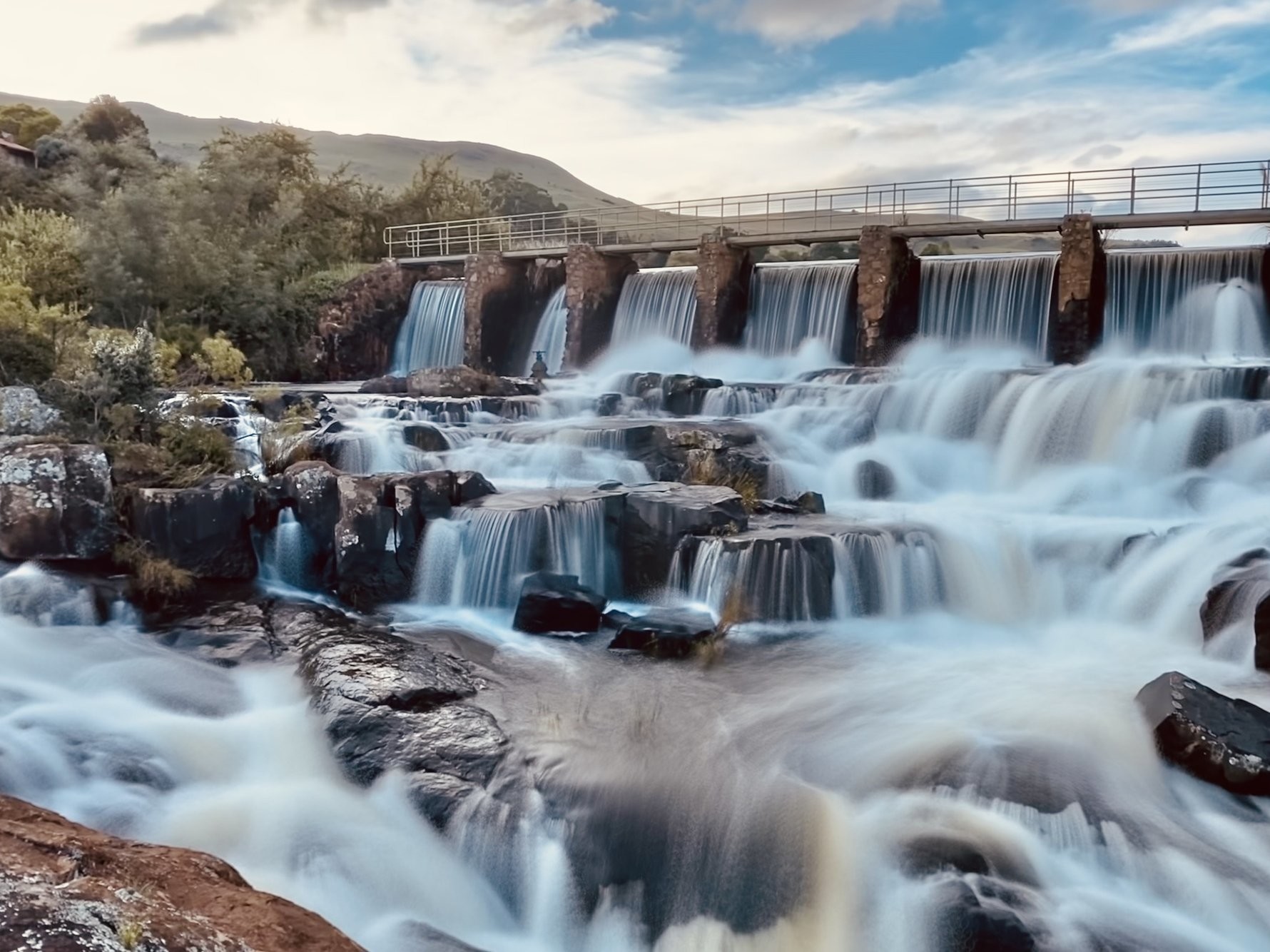Johannesburg North Attractions Fundamentals Explained
Johannesburg North Attractions Fundamentals Explained
Blog Article
Not known Incorrect Statements About Johannesburg North Attractions
Table of ContentsThe Buzz on Johannesburg North AttractionsJohannesburg North Attractions - QuestionsExamine This Report about Johannesburg North AttractionsThe Of Johannesburg North AttractionsThe 8-Second Trick For Johannesburg North AttractionsAll about Johannesburg North AttractionsThe Facts About Johannesburg North Attractions Revealed
You need to maintain safety in mind and visitors must continue to be alert at all times when in unknown environments. Talk with the citizens when you are in community to find out regarding the area you are remaining in. Johannesburg North attractions. When on the road (this doesn't use to shopping center and other safe and secure environments) finest basic advice is to attempt your ideal to look like a local and to prevent showing any kind of form of wealth
Some Ideas on Johannesburg North Attractions You Need To Know
Teacher Revil Mason O. J. (Thomson, 1946) checked out the Witwatersrand's pre-colonial background. His archaeological work blew up the 'em pty land' misconception, according to which the area was without human habitation before the arrival of European inhabitants. In his magazines Prehistory of the Transvaal: A Record of Human Task (1962) and Origins of Black People of Johannesburg and the Southern Western Central Transvaal AD 3501880 (1986 ), Professor Mason demonstrated the degree of social and economic advancement in the area before Europeans set foot right here.

Johannesburg North Attractions Things To Know Before You Get This
He acted with the federal government's authorization, given after he had testified maintain his explorations secret. In 1874, small-scale mining operations were begun in the Magaliesberg, where an Australian, Henry Lewis, had found gold down payments. In 1878, David Wardrop located gold in quartz blood vessels at Zwartkop, north of Krugersdorp. In 1881, Stephanus Minnaar encountered gold on the ranch Kromdraai, near the Cradle of Mankind.
In March 1886, an outcropping (quickly to be called the Key Coral reef) was found, quite luckily, on Gerhardus Oosthuizen's farm Langlaagte. Some state that the Lancastrian coal miner George Walker discovered this reef. Another travelling English miner, George Harrison (that had previously worked in Australian mines) gotten a prospecting permit in respect of Langlaagte in May 1886.
He determined to proceed in a mission for greener pastures, and disposed of his Langlaagte claim for the handsome sum of 10. Alas: below lay the richest goldfield ever located. The exploration of this abundant auriferous reef provoked a gold thrill that signified the end of bucolic serenity in the southern Transvaal.
It would, within six years, come to be the biggest town in southerly Africa. Within a years, it would make the Z. A. R. until after that an anarchical and insolvent little state the most affluent country in Africa. By the turn of the century, the Z. A. R. was to go beyond Russia, Australia and the USA of America to end up being the world's leading gold manufacturer, producing more than a quarter of the globe's gold.
Some Known Details About Johannesburg North Attractions
It was referred to as Ferreira's Camp, named my response after Colonel Ignatius Ferreira. He was a Boer traveler upon whom the British authorities had actually bestowed the condition of Companion of one of the most Distinguished Order of St Michael and St George (entitling him to the post-nominal letters C. M. G.) in gratitude for his function in the battle that had deposed the Pedi king Sekhukhune in 1879.
Soon the camp was teeming with camping tents and wagons as newcomers showed up daily from everywhere. By September 1886, useful reference some 400 people resided in Ferreira's Camp, which soon boasted upreared iron and timber buildings. 2 other camps were developed: Meyer's Camp on the ranch Doornfontein, and Paarl Camp. The latter was nicknamed Afrikander Camp; numerous individuals from the Cape Nest cleared up there.

Getting My Johannesburg North Attractions To Work
This name obtained money by word of mouth, such that the State Assistant attested the name to the Mining Commissioner on 9 October 1886. Stands in the village were auctioned on 8 December 1886. While some stands were cost 10, others were knocked down for as little as sixpence.
2 years later, these erven were to change hands for as high as 750 each. The tented camps decreased as a dorp of corrugated iron structures developed and increased north of the mines situated along the Key Reef Road. Areas such as Jeppe's find more Town (where working-class immigrants erected their dwellings) and Doornfontein (where the wealthy new 'Randlords' started to construct their luxurious homes) were quickly contributed to the ever-expanding map of the town.
Indicators on Johannesburg North Attractions You Need To Know
Apart from the road names, there were no indications of Johannesburg being situated in a Dutch-speaking nation., nearly everybody spoke English and even the Federal government slaves attended to one in English, unless they were very first dealt with in the Taal (or Low Dutch)'.
Because of this, Britain had an interest in guaranteeing optimal problems for gold manufacturing on the Witwatersrand, and that the gold was exported to London rather than Berlin an essential made all the much more clamant by the Z. A. R - Johannesburg North attractions.'s enhancing toenadering with Germany. Mine proprietors were on a clash with President Kruger, whose policy of monopolistic concessions (frequently given to his cronies) prevented mining companies from procuring products of products (especially dynamite) and labour by themselves, cheaper terms
Facts About Johannesburg North Attractions Revealed
In 1890, the Volksraad had limited the franchise business to white guys that had actually resided in the Z. A. R. for fourteen years or longer, therefore invalidating the majority of the immigrants (that happened to be the major factors to the fiscus). Agitation for the vote was a simple pretense for advertising a different agenda; a lot of uitlanders concerned themselves as short-lived visitors and had no intention of staying in the Z.
Report this page